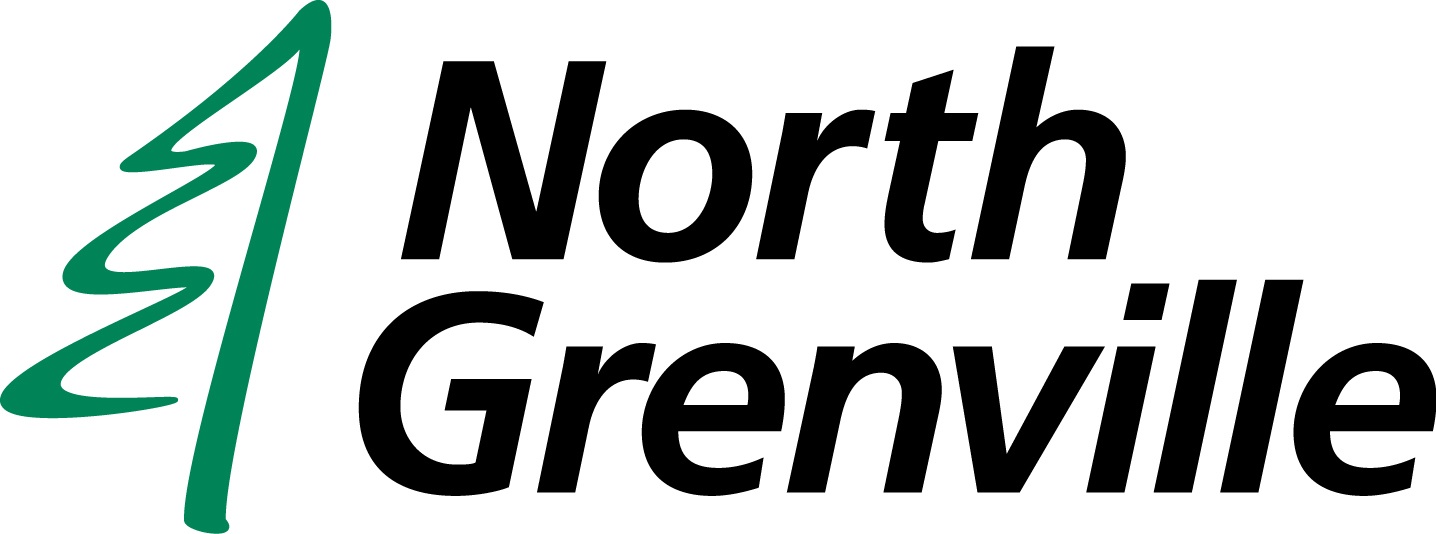In 1998, when the newly amalgamated Township of North Grenville was formed, our design company, TD Graham + Associates had already been around for nine years, and had developed a reputation as an award-winning marketing communications firm. The new township needed a logo – a brand to display on letterhead, business cards and signage. Our company offered to design a new brand pro bono – for free – an offer which was readily accepted.
Organizations (and municipalities) need a visual identity – a brand; a logo. One that reflects the ‘personality’ of the area, its characteristics. Its image. In those days, most towns and townships had crests as their ‘logo’ of sorts. These usually involved shields, silhouettes of castles, sheaves of wheat, flowing rivers, bee hives – all kinds of allegorical imagery attempting to represent the community’s past. As romantic and emotional as these crests were, they don’t read well at a glance – they don’t reproduce well, and they certainly don’t come across well on a web site – which most municipalities were starting to realize the need for.
During its first few months in existence, the new township faced the challenges of the Ice Storm of ’98, but by the end of that year the new council was ready to think about a brand for our community. In November, I met with new CAO Carl Cannon, along with North Grenville’s first Mayor, Don Cameron, plus councilors Owen Fitz’Gerald, David Delaney, Patrick Esmonde-White and Judy Armstrong. I listened as they discussed their hopes and goals for the new township. They were all keen to make sure the histories of Kemptville, Oxford-on-Rideau and South Gower were represented in the new logo design.
Each brought forward their ideas for imagery to represent the new community: rivers and streams, nature, agriculture, history, small town, hamlets and more. They asked, “How are you going to blend all this together to ensure everyone’s essence is portrayed?” Discussion ensued about how to reduce the number of items on the list – to simplify and find a common element that would unite the three communities and present one unique image to suit this new entity called North Grenville.
After further discussion, I said, “It’s too bad we couldn’t just go with a stylized, abstract tree to represent a modern amalgamated municipality”, and with a fat marker I drew the tree swoosh and the words ‘North Grenville’ on the flip chart. I let them look at it for a moment, then added, “But you’d probably never agree to that,” and flipped the page. They all went, “Wait! Let’s see that again…”

They loved it. It was simple, yet elegant. (Once we got the OK, it actually took our design team hours of drawing hundreds of tree swooshes by hand to arrive at the perfect one, and then re-creating the graphic in vector art form so it would reproduce accurately in different sizes.)
So, why the tree? Isn’t there more to North Grenville than trees? We wrote in the design rationale to Council, “The tree was chosen for North Grenville simply because it’s a symbol of nature and a symbol of growth – two things we have plenty of.” Think Ferguson Forest Centre, Limerick Forest, Kemptville Campus. And perhaps a counterpoint to development.
“The design of the logo is such that the energetic, free-form style of the tree is balanced and anchored solidly by the strong, bold, business-like style of the letters making up the name ‘North Grenville’,” stated the rationale.
“Logos are never intended to tell the whole story; they’re simply meant to represent part of the story. The story is actually told in many other ways – such as how people experience our community. People will form their impressions of our community by our amenities and attractions, our policies and programs – not our logo. The experience gives meaning to the logo; the logo does not give meaning to the municipality.”
Has it worked? It seems to have. Over the last 25 years, under this brand, thousands of residents have come to recognize this logo as representing their home. Economic development efforts have been launched to attract commercial investment – and hundreds of new businesses and thousands of new jobs have been created. Tourism efforts have been initiated, and visitors and residents alike enjoy our trails, our waterways, our parks.
And, oh yes, our trees.